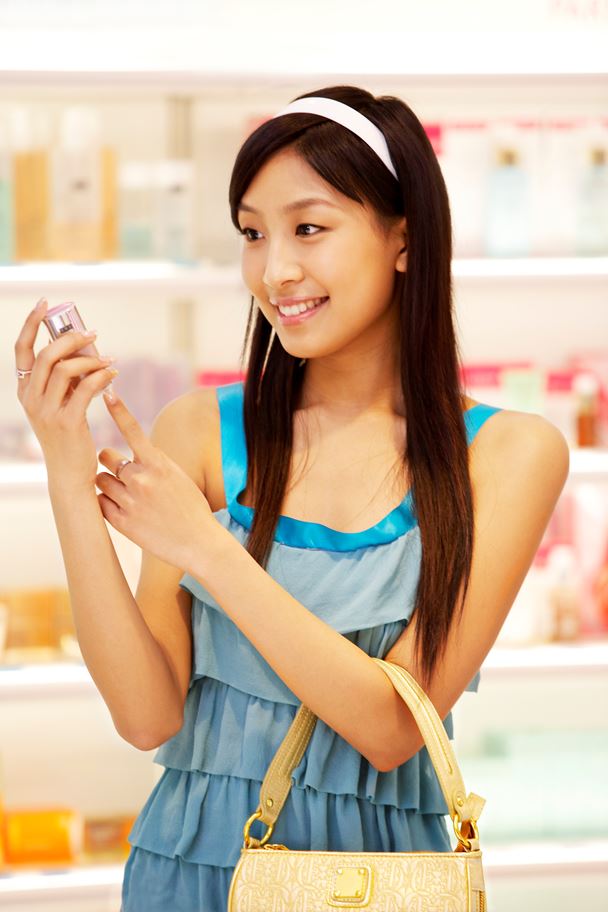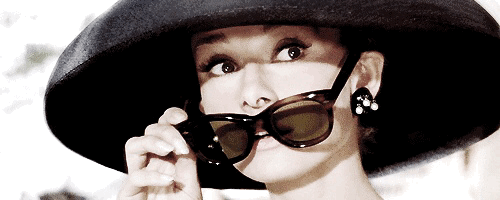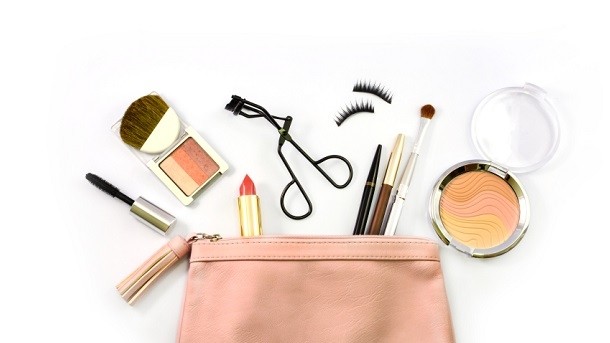There are 5 businesses that illustrate the facility of creating a brand top an authoritative editorial voice, no matter whether it’s in the kind of viral video clips and lifestyle blogs or influencer ‘grams and disappearing Snaps.
For collaborating with clients to generate good cosmetics products
The beauty field has normally flowed in a single route: Executives in glass towers decide which products they’re likely to put on cabinets, and ladies buy them (or don’t). Glossier founder and CEO Emily Weiss have turned this process right into a two-way discussion by inquiring readers of her magnificence news and reviews site, To the Gloss, to weigh in on each element of her three-year-old skin-care and make-up corporation. In 2016, Glossier, which grew by 600% and introduced a slew of hit solutions, which include the Milky Jelly deal with the wash. Its advancement started off months previously when Weiss requested her flock what they’d want inside their aspiration cleanser-“to be sure we were putting something into the environment that really mattered,” she states. Responses poured in, signaling a keen viewer. “It’s our most replenished solution,” says Weiss.
Glossier will get fans to preach the gospel in other methods. The brand’s modern-day, the minimalist packaging is meant to look excellent in pictures, and Glossier products arrive inside a reusable pink pouch that doubles as an Integra backdrop.
Glossier furthermore buffs its reliability by touting other manufacturers on both of those its Integra feed and Into the Gloss. “Where most elegance organizations have tried using to disregard the very fact that ladies are in an open marriage with elegance brand names,” Weiss says, “we have embraced that.”
For ripping up the seams of banner advertising

It absolutely was in all probability the lasers. Yeah, when actress Margaret Qualex shot lasers from her fingers through an epic dance regime while in the Spike Bonze-directed shorter movie Keno Planet, which is probably when each individual marketer on the planet went slack-jawed.
Commissioned to celebrate the launch of your French vogue home Keno’s Kenzo Entire world fragrance, the surreal and shocking location, which went viral in September and gained a leading industry award in November, triggered a wildly profitable tender start with the perfume-no paid out media or marketing and advertising expected.
Keno inventive directors Carol Lim and Hubert Leon, who also operate the retailer and outfits model Opening Ceremony, have regularly pushed Keno beyond vogue and into the greater realm of pop culture as a result of resourceful risk-taking and collaboration.
“It’s enjoyable for us to faucet into society in almost any way we could,” says Leon. Two additional visionary jobs followed within a six-week interval, together with a Carrie Brownstein-directed small satirizing the hyperbolic world of social networking, which served as Keno’s fall/winter look, in addition to a video clip showcasing Prospect the Rapper that announced Keno’s partnership with H&M.
For parlaying trend advice into retail gold
Known for its strike way of life and e-commerce websites: Who What Wear (fashion), My Domain (home decor), and Birdie (attractiveness)-Clique Media leaped out on the digital environment and into the physical 1 in January 2016 with a garments line for Target. The millennial-minded What collection offers runway trends at big-box prices ($34.99 for velvet pants, $44.99 for a cape blazer) and keeps up with the frenetic pace of trend by committing to 12 updates a year.
It is a natural evolution for the 11-year-old firm, which grew out of the Who What Wear blog begun by Elle magazine veterans Katherine Power and Hillary Kerr. “We felt that the high-end trend magazines spoke down to women of all ages,” claims Electricity, who now serves as CEO. “We wanted to create this friendly voice that felt like your most fashionable friend.”
Today, Power’s team uses the information gleaned from Clique Media’s verticals and social websites accounts to figure out what will sell. “We have amazing insight into what’s converting: what brands, what silhouettes, what material,” says Electricity.
“We’re also engaging the customer along the way. We’ll be looking via fabric swatches and go on Snap chat and say, ‘Which just one would you like better?’?” The crowdsourcing has worked: Who What Wear’s Target collection has recently expanded into shoes, and Clique Media has additional retail collaborations during the works. Last July, Clique Media organized an IRL meet up for readers of Obsessed, its new social-only “publication” for gen-Zeros. It places together a pop-up shop at a Los Angeles mall that sold Obsessed-branded T-shirts and school supplies. Teenagers thronged.
In excess of the course of three days, the store processed a lot more than 1,700 transactions. Revenue wasn’t the only goal. “Everything was sold for social currency,” suggests Ability. “To purchase something, you had to make a Snap chat or submit an Instagram, and, of course, tag Obsessed.” It is stepping one particular in creating a content material model that sells.
For uniting sneakerheads into a lucrative demographic

“In the entire world of hype, within a good environment, you need to generally be the coolest platform selling the coolest items,” states Kevin Ma, the unflappable founder from the Hong Kong-based streetwear site Hype beast. Championing edgy brands such as Raff Simons, Vestments, and Hood by Air, Ma’s site has grown from a simple sneakerhead review hub (created in his Vancouver bedroom) to the multifaceted arbiter of all manner of urban trend and culture that includes Hype beast, the year-old female-focused Hyperbole, and an on the net marketplace called HBX that sells almost everything from Yes Boosts to Lexica cameras.
Proof that Ma knows how to stay on just the right side with the hype cycle: Much of Hype beast’s 46% increase in revenue inside the 1st 6 months of last year was fueled by its growing resourceful services division, which helps manufacturers such as Gucci and Adidas produce advertising for each Ma’s sites and others’.
Ma is also manipulating the tentacles of his operation to maximum effect. He ignites followers with weekly “Top Drops” on HBX, which includes sales of limited-edition sneakers and T-shirts, and leverages the data produced by Hype Beast and its associated sites to figure out what to stock on the e-commerce arm.
“Once we publish an article about items that we think will be hot, we will see the data and reaction and engagement from the community,” Ma says. “It’s a mix of technology and so-called big data that influence our buying decisions.” Hyperbole, for example, was born last February from the insight that girls account for 15% of the traffic to the male-dominated Hype beast. The organization is now growing its editorial staff as it prepares for further global expansion.

